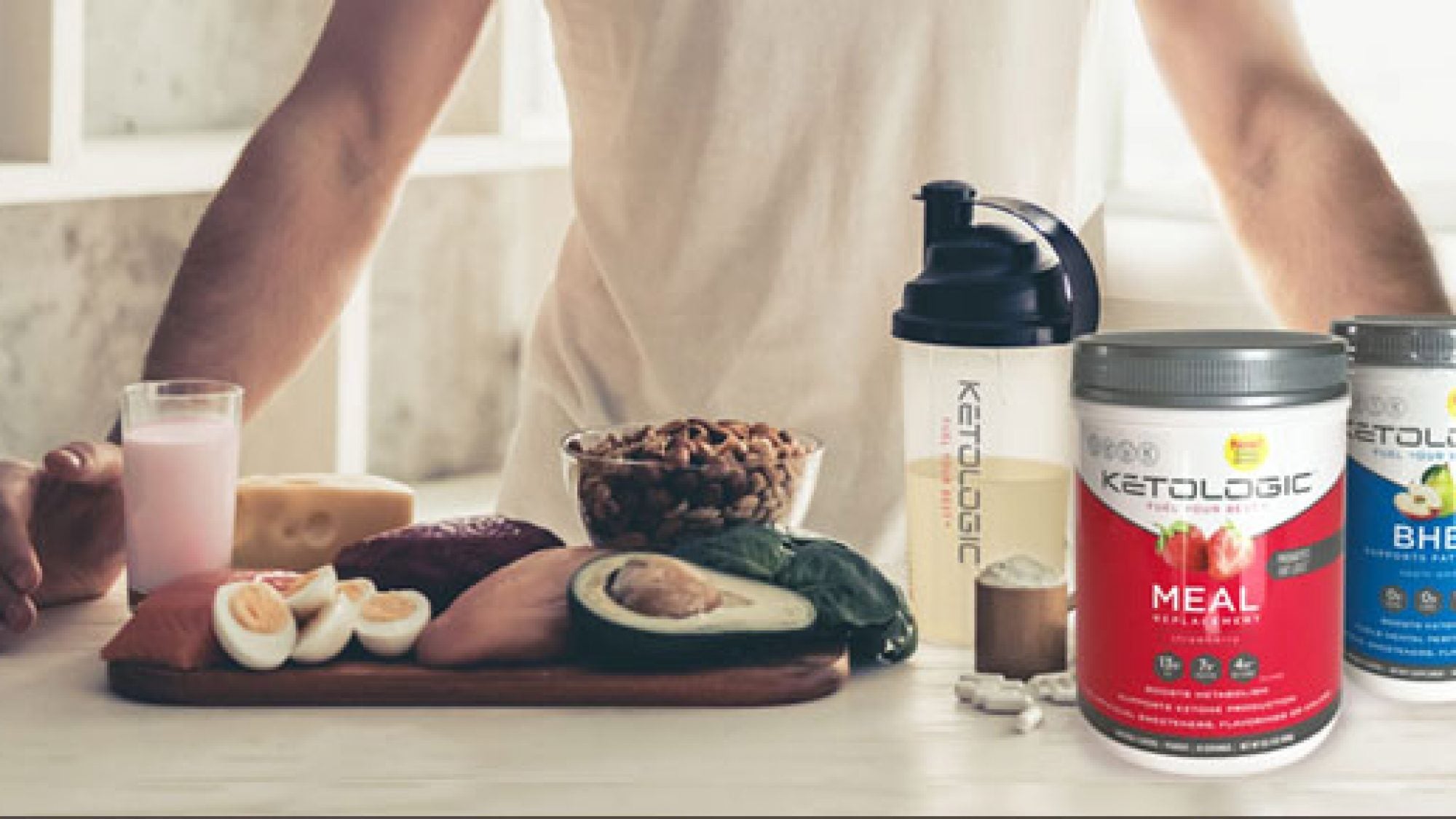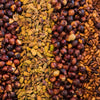What You Need To Know About Other Keto Shakes

Enter, the “healthy shake.”
Whether it comes in a carton, a can, or as a powder that you blend into liquid, meal replacement drinks (MRP) have evolved as a staple in the health and wellness sphere. Not only are these shakes a market success, but they also appear to be pretty effective aids to certain health goals. A meta-analysis of six different studies found that individuals swapping out one meal a day with a liquid MRP achieved and maintained health improvements better than those following a calorically-equivalent regular-food diet.2 Simply put, MRPs help us stick to our nutrition goals by offering a ready-to-consume food when we may otherwise grab a bag of chips, candy bar, or skip eating altogether. However, a glaring caveat exists when considering the contents and quality of various shakes – not all MRPs are created equal.
Problems arise when simply comparing a product’s calorie count, or falling victim to common macronutrient myths (i.e. the fat-free craze of the 80’s). What’s actually in that MRP shake makes a huge difference. The energy you’re getting, or not getting, from a bar or a shake ultimately boils down to the amount of carbs, protein, and fat contained inside. We can turn any of those three macronutrients into usable biochemical fuel, known as ATP. However, the body’s physiological response to each macronutrient is very different, and this has important implications for how satiated, energized and focused we feel after consuming a meal or a snack.3
Sure, the quality of ingredients definitely matters as well, which is why KetoLogic® KetoMeal® contains well-sourced MCT oils, whey protein, and no artificial sweeteners or flavors. But even when simply looking through a metabolic lens, one can see how the macro profile of our KetoLogic® KetoMeal® stacks up against competitors to help you fuel your best.
Before diving into differences among some popular ketogenic shakes, it’s crucial to stop and check the nutrition panel of all so-called “keto” products. Many MRPs that boast “keto” on the label aren’t actually ketogenic! (Take a look at the chart below.) If a shake is packed with protein but has little to no fat, it’s simply not keto for all the reasons mentioned in the previous section.
Actual MCTs – not all fat is created equal
Another thing to watch for on product labels – fat quality. When you look at a KetoLogic® KetoMeal® label, you’ll see real MCT oil as the number one ingredient. Other ketogenic shakes do contain lots of fat, but often they are primarily composed of coconut oil or other dairy fats. These fat sources do contain a small amount of MCTs, but the majority are long chain fatty acids, which simply don’t offer the same biochemical advantages.4
MCTs have a thermogenic effect on the body, meaning they can spark your metabolism2-5 and increase fat burning.4,6 Additionally, research has shown MCTs to be more satiating than long chain fatty acids, so you won’t feel as hungry for other food even when eating less.5,7 These characteristics make MCTs a perfect aid to a cutting phase or diet regimen, with several studies demonstrating greater decreases in body fat with MCTs compared to more conventional fat sources.7,8
KetoLogic® KetoMeal® vs. other Keto Shakes
| KetoLogic® KetoMeal® | EAS Myoplex Ketogenic Meal Replacement | Ketologie Keto Shake | EPX Body Keto Shake | Keto Farm Keto Shake | Slender FX Keto Caramel | |
|---|---|---|---|---|---|---|
 |
 |
 |
 |
 |
 |
|
| Calories | 250 | 400 | 300 | 170 | 116 | 95 |
| Fat | 19 | 32 | 25 | 13 | 1.4 | 0.1 |
| Carbs | 11 | 5 | 14 | 7 | 2 | 1 |
| Fiber | 4 | 0 | 7 | 6 | 0 | 1 |
| Protein | 10 | 20 | 14 | 8 | 24 | 21 |
| Contains real added MCTs | X | X | ||||
| Whey protein | X | |||||
| Naturally sweetened | X | X | X | X |
REFERENCES
| 1. | Babayan VK. Medium chain triglycerides and structured lipids. Lipids. 1987;22(6):417-420. doi:10.1007/BF02537271. |
| 2. | Scalfi L, Coltorti A, Contaldo F. Postprandial thermogenesis in lean and obese subjects after meals supplemented with medium-chain and long-chain triglycerides. Am J Clin Nutr. 1991;53(5):1130-1133. http://www.ncbi.nlm.nih.gov/pubmed/2021124. Accessed July 19, 2017. |
| 3. | Rego Costa AC, Rosado EL, Soares-Mota M. Influence of the dietary intake of medium chain triglycerides on body composition, energy expenditure and satiety: a systematic review. Nutr Hosp. 27(1):103-108. doi:10.1590/S0212-16112012000100011. |
| 4. | St-Onge M-P, Bourque C, Jones PJH, Ross R, Parsons WE. Medium- versus long-chain triglycerides for 27 days increases fat oxidation and energy expenditure without resulting in changes in body composition in overweight women. Int J Obes. 2003;27(1):95-102. doi:10.1038/sj.ijo.0802169. |
| 5. | Hill JO, Peters JC, Yang D, et al. Thermogenesis in humans during overfeeding with medium-chain triglycerides. Metabolism. 1989;38(7):641-648. http://www.ncbi.nlm.nih.gov/pubmed/2739575. Accessed November 17, 2016. |
| 6. | Alexandrou E, Herzberg GR, White MD. High-level medium-chain triglyceride feeding and energy expenditure in normal-weight women. Can J Physiol Pharmacol. 2007;85(5):507-513. doi:10.1139/y07-034. |
| 7. | St-Onge M-P, Ross R, Parsons WD, Jones PJH. Medium-Chain Triglycerides Increase Energy Expenditure and Decrease Adiposity in Overweight Men. Obes Res. 2003;11(3):395-402. doi:10.1038/oby.2003.53. |
| 8. | Tsuji H, Kasai M, Takeuchi H, Nakamura M, Okazaki M, Kondo K. Dietary medium-chain triacylglycerols suppress accumulation of body fat in a double-blind, controlled trial in healthy men and women. J Nutr. 2001;131(11):2853-2859. http://www.ncbi.nlm.nih.gov/pubmed/11694608. Accessed November 11, 2016. |
-
Posted in
Authority Article, Drinks, Keto Foods, Nutrition, Nutrition Article, Product Article, Weight Loss




